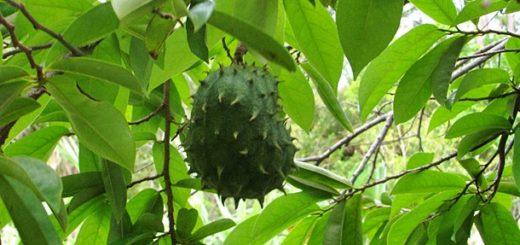Phytoremediation: plants that can clean polluted soil
Phytoremediation: plants that can clean polluted soil
Friday, January 15, 2016 by: C.L. Doherty
http://www.naturalnews.com/052647_phytoremediation_soil_pollution_Thlaspi_caerulescens.html
(NaturalNews) Polluted soil cleanup is under way in Elizabeth City, North Carolina, at a 50-year-old United States Coast Guard aircraft fuel depot, but the unconventional process probably wouldn’t be the first thing to come to mind. There are no excavators, dump trucks, heavy machinery or people running around in HAZMAT suits. Instead, a forest of approximately 3,000 hybrid poplars and willow trees are getting the job done through phytoremediation.
“Phytoremediation is the direct use of green plants and their associated microorganisms to stabilize or reduce contamination in soils, sludges, sediments, surface water, or ground water,” according to the U.S. Environmental Protection Agency (EPA).
Research is underway in other parts of the world as well. The University of Eastern Finland is leading a study using willow trees to clean up mining areas and landfills in Finland and Russia. Their research has shown that willow trees are able to survive in high-acidity soil, a key characteristic in removing heavy metals such as nickel, copper and zinc from soil. The study continues with the goal of finding the best trees to use for removing various metals at the greatest capacity while simultaneously producing the largest amount of wood.
Dr. Leon Kochian is the Location Coordinator for the U.S. Department of Agriculture’s (USDA) U.S. Plant, Soil and Nutrition Laboratory at Cornell University in Ithaca, New York, where he has been researching phytoremediation for the past 13 years. His team has discovered that Thlaspi, a plant genus from the same family as broccoli and cabbage, thrives in soil with high levels of zinc and cadmium.
Thlaspi has been dubbed a “hyperaccumulator” because of its amazing ability to remove metals from soil. “A typical plant may accumulate about 100 parts per million (ppm) zinc and 1 ppm cadmium. Thlaspi can accumulate up to 30,000 ppm zinc and 1,500 ppm cadmium in its shoots, while exhibiting few or no toxicity symptoms,” said Dr. Kochian. “A normal plant can be poisoned with as little as 1,000 ppm of zinc or 20 to 50 ppm of cadmium in its shoots.”
What happens to the plant after the soil is decontaminated depends on which plant was used and what was removed. In the case of Thlaspi, the shoots are harvested and the metal is then separated from the shoot. Willow trees and hybrid poplars degrade fuel and other contaminants during the water absorption process, which captures some of the contaminants in the plant while some are released into the air by the leaves. Trees removing heavy metals in Finland and Russia are being burned in a controlled process which provides energy while separating the metal from the plant.
One metal that is proving to be difficult to deal with is aluminum. Dr. Kochian’s team is particularly interested in finding a solution because of the large impact that it could produce. “Aluminum toxicity limits crop production on acid soils, which cover well over half of the world’s 8 billion acres of otherwise arable land, including about 86 million acres in the United States,” Dr. Kochian said. “When soils become acid, the toxic aluminum damages plant root systems, which greatly reduces yields.”
The results of phytoremediation have, so far, been promising because of the variety of soil pollutants that can be dealt with in a variety of settings. The EPA Superfund Redevelopment Initiative has encouraged the use of native plant species, which has multiple benefits including establishment of sanctuaries that don’t require fertilizer, pesticides and watering. Clearly, this won’t always be possible but will depend on the pollutant, site location and ecological characteristics such as ground water depth.
The ability to develop strong economic incentives will aid in the development of phytoremediation as a viable process of polluted soil decontamination so long as care is taken in removing the metal from the accumulating plants in an environmentally responsible manner. There doesn’t seem to be much emphasis in this area of the process to this point, but the overall results are very promising.
Sources:
http://www.uef.fi
http://www.ars.usda.gov
http://www.epa.gov
http://www.ars.usda.gov
My Comment: This is just a beginning. Think alfalfa plants to clean up chemical toxins in Hinckley (Erin Brockovich), exolite to clean up nuclear radiation, etc. We could have a wonderful toxin free world if we had more carbon dioxide in the air for plants to use (instead of limiting the CO2)














